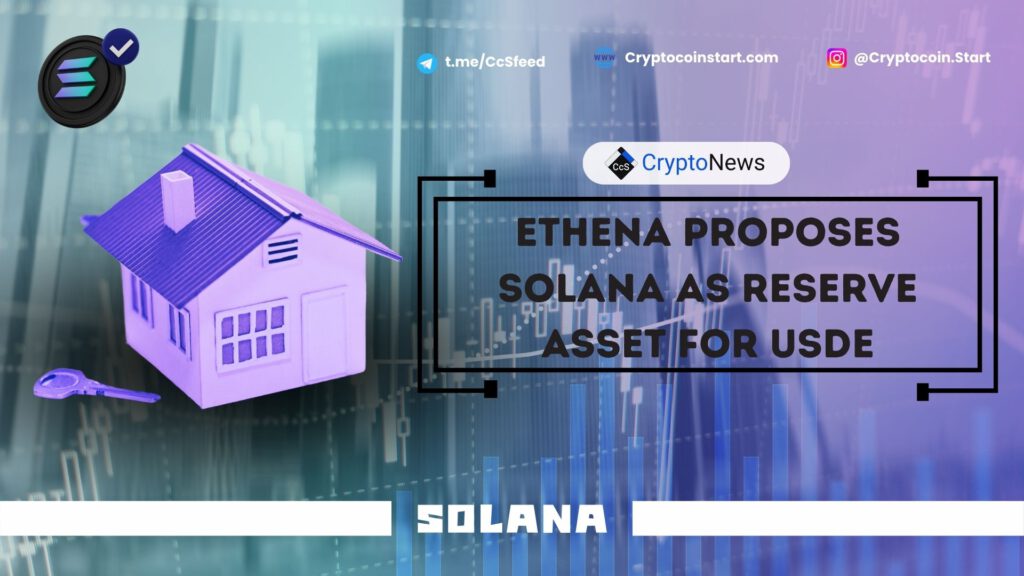
Turn Market Volatility into Opportunity
Using Lunex Network’s dynamic trading method, Ethereum and Solana traders have ample opportunity to profit as the waves roll in. Changing prices give traders both safety and profit opportunities. Lunex’s user-centered design and innovative solutions are transforming how traders handle market volatility.
For today’s Ethereum and Solana traders, Lunex Network offers a dependable and quick substitute in a world where market volatility could ruin or make your trade deals. Unlike other exchanges, which struggle with erratic pricing and execution difficulties, Lunex is designed to allow traders to benefit quickly and securely from market developments.
Features of Lunex Network
- Simple Architecture: Trade multiple assets without the constraints of conventional platforms.
- Rapid Execution: Benefit from market changes quickly and securely.
- User-Centric Design: A platform tailored for traders’ needs.
In the second round of its presale event and trading at $0.0015, Lunex has raised over $780,000. Lunex is the only platform that combines speed, efficiency, and user-first dealings for Ethereum traders who want to maximize their assets and earn significant profits. Join the Lunex presale immediately to enhance your trading technique and create massive passive income.
SOL’s Rocky Road: Can Solana Overcome Its Downtrend?
As of October 2024, Solana (SOL) has faced several challenges impacting its pricing and market position. Since the beginning of the month, SOL has seen a substantial 14% loss, threatening to push its price below crucial support levels, adding to investor fears.
This struggle occurs amid intense competition, particularly from Ethereum, which has increased market share and investor interest. The SOL/ETH pair has fluctuated dramatically in recent months due to potential regulatory approval for Ether-based exchange-traded funds (ETFs) in the United States.
The emergence of ETH’s market dominance has diverted attention and funds from SOL, leaving it struggling to regain momentum.
Additionally, SOL’s network activity has stalled, with the total value locked (TVL) in its projects declining and decentralized exchange (DEX) activity diminishing. This drop in user engagement on Solana’s DEXs has created selling pressure on SOL, prompting further price declines.
Ethereum’s Uphill Battle: Can It Overcome Market Challenges?
Ethereum (ETH) has faced its own struggles in the cryptocurrency market lately. Trading just above $2,400 at press time, ETH has experienced significant volatility, unable to reach its all-time high of $4,891.70.
Despite Ethereum’s dominance as the innovative contract platform, high transaction costs and network congestion have deterred some traders. ETH has suffered from intense competition and changing demand as rivals seek more scalable and affordable alternatives, impacting ETH’s price and market stability.
Recent issues for ETH may also be tied to broader market conditions, including macroeconomic restrictions, regulatory concerns, and the rise of competing blockchains dubbed “Ethereum Killers.”
Although NFTs and decentralized applications on ETH remain popular, their price stability is uncertain. While Ethereum 2.0’s transition to a proof-of-stake model aims to alleviate some concerns, investors will closely monitor how these changes affect ETH’s pricing and scalability.

